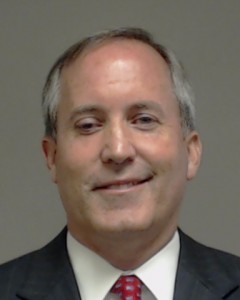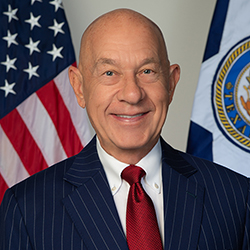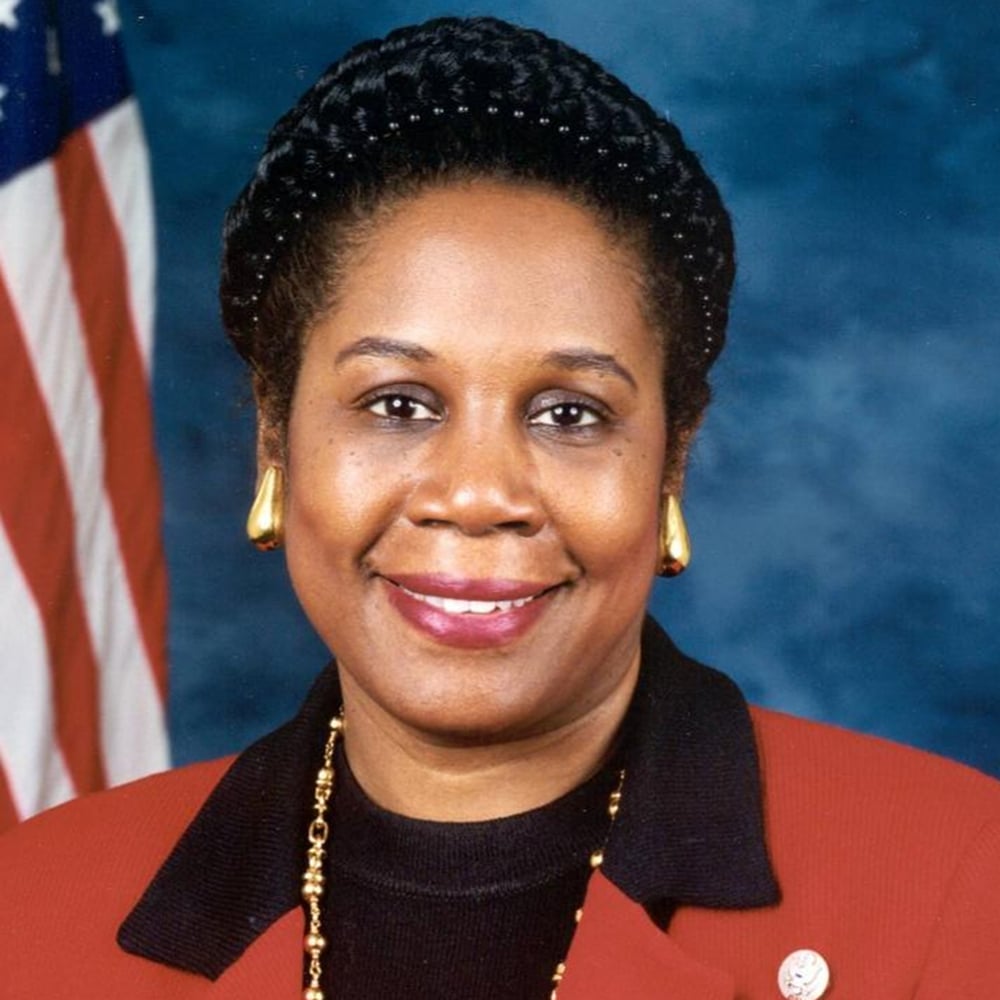Still a crook any way you look
Federal agents were still actively investigating Paxton for alleged corruption after he was acquitted of related impeachment charges last year, according to multiple sources who spoke with The Texas Newsroom in recent weeks. Among Paxton’s potential crimes listed in newly unearthed federal grand jury documents included bribery, wire fraud and conspiracy.
News of the FBI investigation first broke in fall 2020. Paxton is alleged to have repeatedly abused his position as attorney general to help Nate Paul, an Austin-based real estate investor and campaign donor. It’s unclear whether the FBI is still investigating. If the federal probe is still active, it would now be more than three years old.
Two former federal prosecutors said it’s not uncommon for a complex investigation involving a public official to drag on this long.
Sometimes federal investigators get a lead that takes them months – even years – to run down, they said. New witnesses may need to be convinced to flip, they said, and elections can also delay cases because it’s not preferable to announce charges against someone who’s actively running for office.
The U.S. Attorney’s Office for the Western District and Paxton’s attorneys declined to comment for this story.
The feds could have closed the probe without a public announcement, or could still be planning on bringing charges against Paxton. If they move forward, the Department of Justice will want a case that sticks, the experts said.
“DOJ doesn’t want to shoot and get it wrong,” said Jeff Ansley, an attorney who worked on fraud and corruption cases in the U.S. Attorney’s Office in Dallas for almost a decade.
[…]
Three people with direct knowledge of the investigation told The Texas Newsroom that federal agents were in the state working the case in late fall of 2023.
Two of the sources, who said they did not want to be named because they feared retaliation from Paxton and his allies, said officials from the U.S. Department of Justice interviewed witnesses in October.
A third source testified in front of a federal grand jury about Paxton in early August and was aware of counsel last speaking with federal authorities in early October, the source said. This source wanted to remain unnamed out of concerns about political and personal retribution for being tied to the case.
[…]
The Associated Press and Austin American-Statesman reported that a federal grand jury met in August to hear from witnesses close to Paxton. After the impeachment trial wrapped, Bloomberg wrote that a key witness who had refused to testify in that case was subpoenaed to appear before the federal grand jury in late October.
Justice Department officials in Washington reportedly took over the investigation, according to the AP, after Paxton’s lawyers complained federal investigators in Texas had a conflict of interest.
Experts said cases like this must be handled carefully.
“It’s not uncommon for a federal investigation to take years,” said John Teakell, who served in the U.S. attorney’s offices in Dallas and Puerto Rico and is now a criminal defense attorney.
Ansley agreed, saying public corruption cases can take longer than “anything in the entire federal lexicon.” Paul’s federal case, the impeachment trial and moving the case from Texas to main Justice further complicates things, he added.
“That makes these things draw on for a painfully long time period,” Ansley said.
I wrote about the DOJ taking over the investigation last February, and I noted the grand jury being empaneled in August, which squares with this report. On the one hand, especially with the transition of the case from the local US Attorney’s office to the Justice Department, things could be taking more time. On the other hand, this could all have been quietly dropped and we’d never know why or when. And on the other other hand, as we saw in the state securities trial, the longer the delay the less likely it will be helpful for the prosecution. So, you know, tick tock and all that.
Let’s put on our rosiest spectacles for a second and assume that this case is alive and well and marching ever onward. I don’t think there’s any chance of indictments being handed down before November under any circumstances. I just don’t think the DOJ would want to poke the bear like that. If Biden gets re-elected, then maybe we get some action in early 2025, if the case has progressed sufficiently. But the difference between “they’re still getting their ducks in a row, you can’t rush these things” and “that train has left the station and also spectacularly derailed” is one we won’t be able to discern with the naked eye. Either we eventually get an indictment announcement or we forever wonder what might have been. That’s just life.














